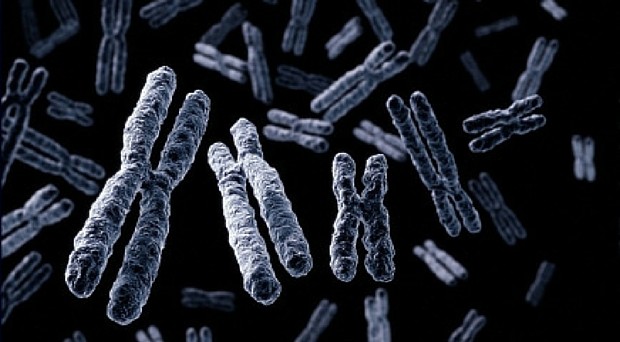
The 3D organization of chromatin plays a role in initiation and/or maintenance of the distinct epigenetic landscapes and gene expression in pluripotency and likely, also the differentiation process itself.
In recent years, two types of interaction domains have been determined and discussed in detail:
TADs, (Topologically associating domains) where the majority of promoter-promoter and promoter-enhancer interactions occur.
LRI (long-range interactions) span across TADs as well as chromosomes.
The current view is that global interaction dynamics are limited, while fine-tuning of local interactions is more frequent and linked to transcriptional regulation.
Relevance of 3D chromatin organization changes
Very recently, two different manuscripts have pointed out the relevance of 3D chromatin organization changes, in particular, they have newly described:
ELRI: Extremely Long-Range Promoter-Promoter Interactions within cells.
As reported by Schoenfelder & colleagues, promoter capture Hi-C (A technique that uses RNA or DNA ‘baits’ to pull out just the desired loci from the melting pot of the millions and millions of genomic interactions in the genome) has suggested that Polycomb complexes act through controlling spatial genome organization.
Polycomb complexes, such as PRC1 and PRC2, are families of proteins that deposit and interpret H3K27me3 marks in order to remodel chromatin to enable the epigenetic silencing of genes. They propose that the selective release of genes from this spatial network underlies cell fate specification.
This scenario is also strengthened by, Joshi, Wang & colleagues who suggested through the basis of their enhancer and promoter capture Hi-C study that changes in this 3D reorganization likely occur during early development.
This suggests that a dynamic control occurs via a spatiotemporal transition from the ground state to the primed state of ESC for differentiation. In this context, PRC2 may act as an initiator of ELRIs by deposition of H3K27me3 and subsequent recruitment of PRC1, which may be the physical mediator of ELRIs.
An orchestrated program
The different 3D chromatin organization and its diverse levels of interactions open the way to a different concept of biomedical approaches.
The overall organization of ELRI contacts suggests an orchestrated program that involves reshaping of the transcriptome, epigenome, and 3D interactome during differentiation.
Although the functional relevance of these fluctuations in both physiology and pathology still needs to be addressed further, it is tempting to speculate on the existence of a potentially reversible ‘code’ based on the 3D chromatin interactions within cells.
Future studies will need to clarify the potential of ELRI and of the 3D status of chromatin in modulating cellular functions. Clearly, the different 3D chromatin organization and its diverse levels of interactions open the way to a different concept of biomedical approaches. These need to take into account the different dimension structure within the cells and their relevance in the definition of cell identity as a target point for intervention.
- 3D chromatin organization changes: a brief overview - 28th January 2016
- Epigenome programs: a brief overview - 1st June 2015
One Comment